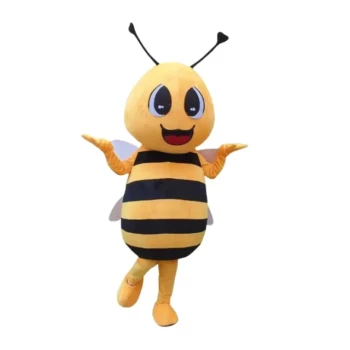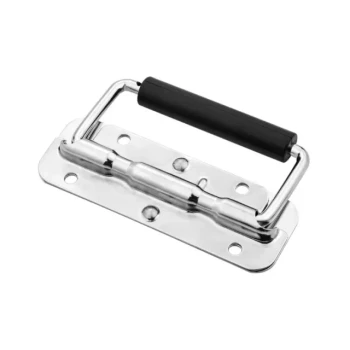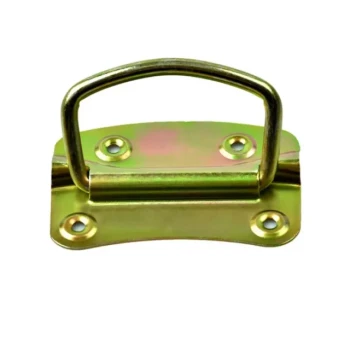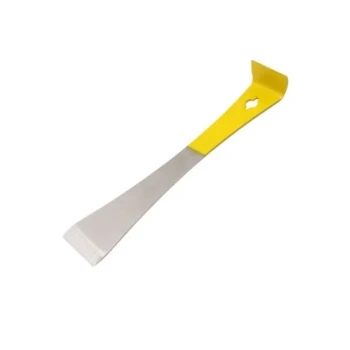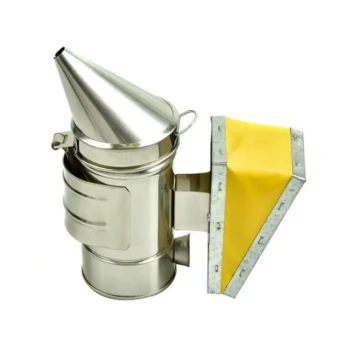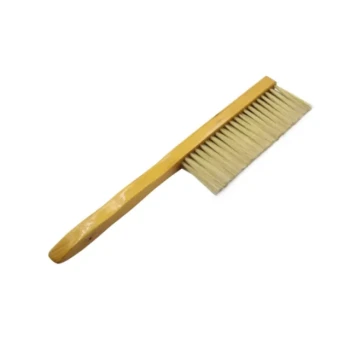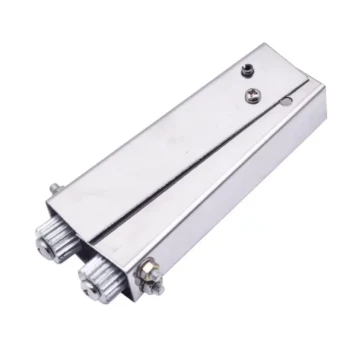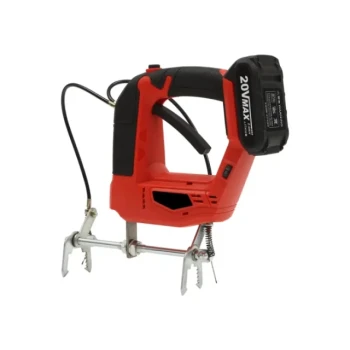The decision to wear a full beekeeping suit hinges on a critical trade-off between absolute protection and personal comfort. A full, one-piece suit provides the most comprehensive barrier against stings, which is invaluable for new beekeepers. However, this level of security often comes at the cost of ventilation, leading to significant heat retention, and can sometimes foster a sense of overconfidence.
Choosing your protective gear is about managing risk—not just from bee stings, but also from overheating and carelessness. While a full suit offers unparalleled physical protection, understanding its limitations is key to using it effectively and safely.
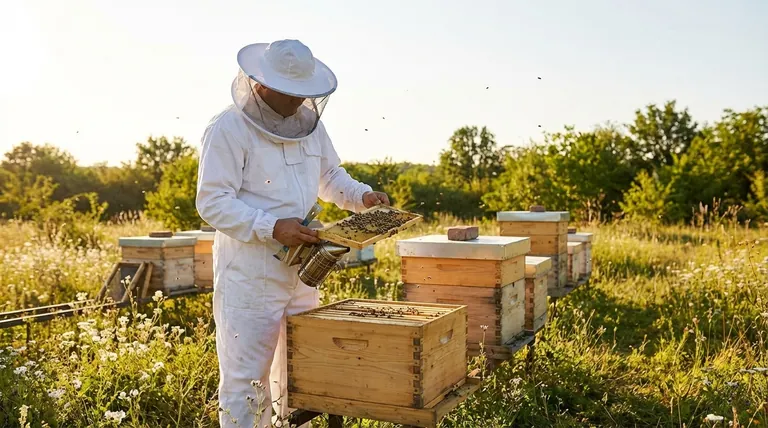
The Primary Advantage: Comprehensive Protection
A full suit is designed as a single, integrated garment. This design is its greatest strength, offering a seamless barrier that leaves no part of your body or clothing exposed.
Eliminating Gaps and Entry Points
The most significant benefit of a full suit is its one-piece construction. Unlike a separate jacket and pants, there is no gap at the waist for a curious or defensive bee to crawl into.
Elastic cuffs at the wrists and ankles create a secure seal, ensuring complete, head-to-toe coverage and peace of mind.
Building Confidence for Beginners
For anyone new to beekeeping, the fear of being stung is a major obstacle. A full suit removes this variable almost entirely, allowing the beekeeper to feel more relaxed and focus on learning hive inspection techniques.
This boost in confidence helps prevent the jerky, nervous movements that can agitate a colony, leading to calmer bees and a better experience for everyone.
A Barrier Against More Than Stings
Beyond preventing stings, a full suit keeps your regular clothes clean. It protects you from sticky propolis, wax, and honey that are inevitably part of working with hives. It also provides excellent protection from the sun during long days in the apiary.
The Major Drawback: Managing Heat and Comfort
The primary disadvantage of a full beekeeping suit is its potential to become extremely hot, especially during summer inspections in warm climates.
The Challenge of Standard Suits
Traditional bee suits are made of thick cotton or canvas. While effective at stopping stingers, this material offers very low ventilation, trapping body heat and moisture. This can lead to discomfort, dehydration, and exhaustion.
The Solution: Ventilated Suits
To address the heat issue, manufacturers developed ventilated suits. These are constructed from multiple layers of mesh fabric that allow air to flow freely through the garment while maintaining a safe distance between your skin and a bee's stinger.
The Weight Factor of Ventilation
While highly effective, ventilated suits have a downside: they are typically heavier and bulkier than their non-ventilated counterparts. The layered mesh construction adds weight, which can be a factor during long work sessions.
Understanding the Trade-offs
Choosing a suit isn't just about pros and cons; it's about comparing it to the alternatives and understanding the subtle risks involved.
Full Suit vs. Jacket and Veil
The main alternative to a full suit is a beekeeping jacket with an attached veil, paired with regular jeans or work pants. A jacket is more convenient for quick tasks, easier to put on, and offers better mobility.
However, this setup leaves your legs less protected and reintroduces the risk of bees finding the gap at your waist. The choice often comes down to the duration and intensity of the hive work.
The Psychological Risk of "Invincibility"
Wearing a full suit can sometimes lead to a false sense of security. This feeling of invincibility may cause a beekeeper to become less careful, using rougher movements or neglecting to use a smoker properly.
It is critical to remember that the suit is a last line of defense, not a replacement for calm, deliberate, and respectful beekeeping practices.
The Importance of Quality
Not all suits are created equal. Investing in a high-quality, well-made suit ensures better durability and more reliable protection. A cheaper suit may have weaker seams or zippers that can fail, creating an unexpected entry point for bees.
Making the Right Choice for Your Apiary
Your decision should be based on your experience level, climate, and the temperament of your bees.
- If you are a new beekeeper or unsure of an allergy: A full suit is the recommended starting point for its unmatched protection and confidence-building benefits.
- If you live in a very hot climate: Prioritize a fully ventilated suit to mitigate the risk of overheating, even though it may be heavier.
- If you are an experienced beekeeper performing quick tasks: A separate jacket and veil combination might offer sufficient protection with greater convenience and mobility.
Ultimately, the best protective gear is the one that allows you to work calmly, confidently, and safely in your specific environment.
Summary Table:
| Aspect | Pros (Advantages) | Cons (Disadvantages) |
|---|---|---|
| Protection | Head-to-toe coverage, no waist gap, blocks propolis/wax | Can lead to overconfidence and less careful handling |
| Comfort & Usability | Builds confidence for beginners, protects from sun | Poor ventilation in standard suits, potential for overheating |
| Design & Performance | Ventilated suits available for airflow | Ventilated suits are heavier and bulkier |
Protect Your Apiary with Confidence
Choosing the right protective gear is critical for the safety and productivity of your beekeeping operations. HONESTBEE supplies durable, high-quality beekeeping suits and equipment designed for the demands of commercial apiaries and distributors.
We offer a range of solutions, from standard suits for reliable protection to advanced ventilated suits for hot climates, ensuring your team can work safely and comfortably.
Contact HONESTBEE today to discuss your wholesale needs and find the perfect protective gear for your business.
Visual Guide
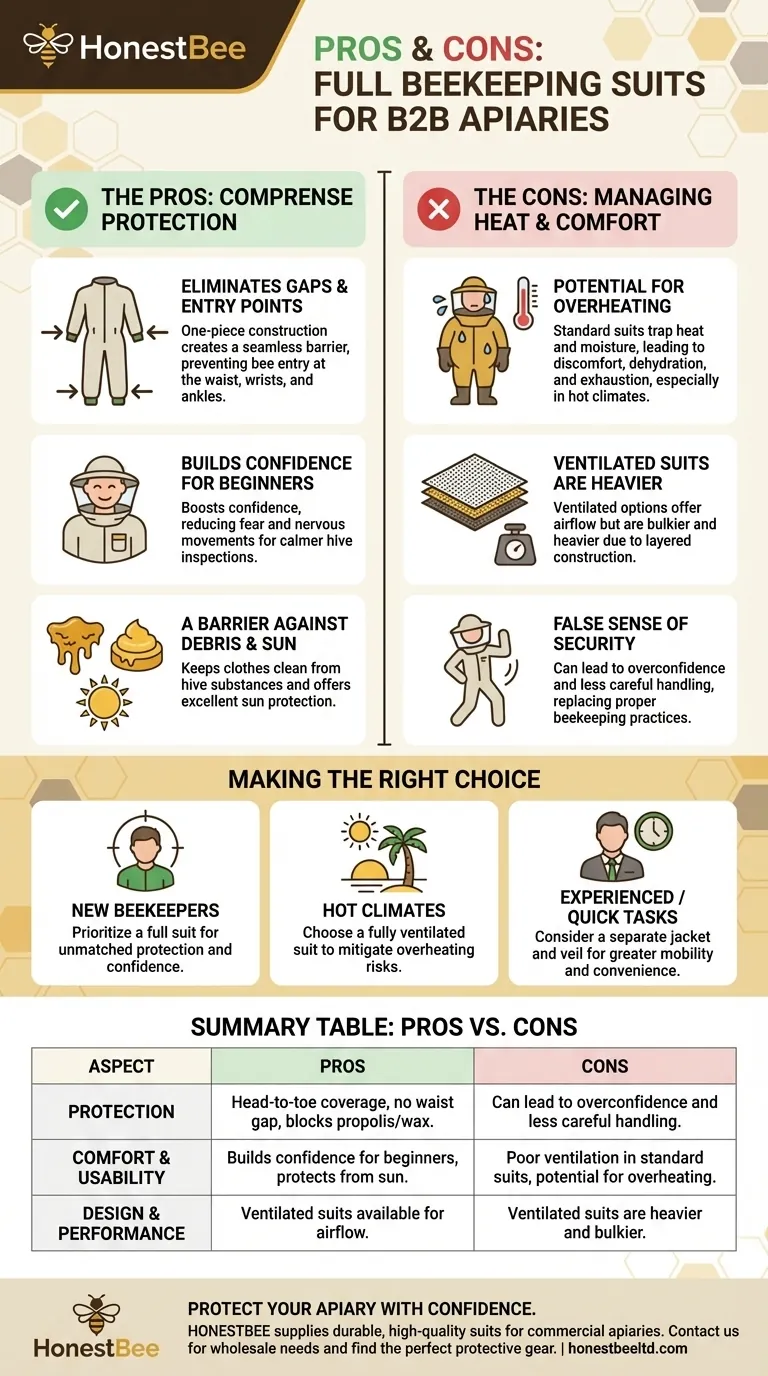
Related Products
- Cotton Beekeeping Suit and Round Hat with Veil Bee Keeper Protective Gear
- White Beekeeping Protective Suit and Hat with Fencing Veil for Beekeepers
- Heavy Duty Cowboy Beekeeper Hat with Visibility Veil Outdoor Professional Beekeeping Protective Gear
- Beekeeper Cowboy Hat and Veil for Beekeeping
- Professional Beekeeping Suit for Kids and Girls Childrens Bee Keeper Suit
People Also Ask
- How should a beekeeping suit be hung to maintain its shape? Protect Your Investment with Proper Storage
- How should a bee suit be cleaned? Protect Your Investment and Ensure Apiary Safety
- Do beekeeping suits completely prevent stings? Maximize Your Apiary Safety with the Right Gear
- What are bee suits made of? Choosing the Right Material for Maximum Protection & Comfort
- Why is a jacket with a hat veil recommended for beekeepers? Essential Protection for Your Face and Neck





